About 7 km north of Pleiku City, Bien Ho (in Bien Ho commune) has long been engraved in the minds of local people and has become an indispensable stop for tourists. The saying "Visitors to Gia Lai who have not set foot on Bien Ho are considered to not fully understand Gia Lai" has become a "compass" for those who desire to fully explore the beauty and culture of this highland land.
Beauty that touches the heart
Coming to Bien Ho, visitors cannot help but be overwhelmed by the majestic natural scenery. The lake surface stretches out over an area of 230 hectares, wearing a clear, pure emerald green color. The average depth of up to 19 m further enhances the vastness and tranquility of the space. The water surface is as calm as a giant mirror, reflecting the white clouds floating and the endless green pine forests embracing the lake shore.
Sea Lake Scenic Area
At different times of the day, Bien Ho has its own beauty. In the early morning, when the fog is still covering the lake, the lake surface is as magical as a fairyland. When the morning sunlight shines, the lake surface is bright, sparkling with brilliant golden rays of sunlight. And when the sunset falls, the entire lake surface is immersed in a romantic purple color, creating a captivating scene. It is this magical beauty that makes Bien Ho an attractive destination.
Not only is it a beautiful landscape, Tonle Sap Lake also plays an essential role in the lives of local people. The lake's abundant and fresh water provides irrigation for coffee fields and swidden fields; it is also an important source of domestic water in the context of climate change and the increasing risk of water scarcity.
The ecosystem of Tonle Sap Lake is also extremely diverse, with many rich species of flora and fauna. Local people take advantage of the lake's resources to improve their daily meals and serve tourists with fresh specialties, imbued with the flavors of the Central Highlands mountains and forests.
Bien Ho is also known as To Nung Lake, associated with the emotional legend of the Jrai people. The story goes that this place used to be a prosperous, beautiful village, where people lived in harmony and peace. But then one day, disaster struck when the volcano awoke, erupted violently, burying and burning down the entire village, taking the lives of countless people.
The survivors wept endlessly for the great loss. Their tears flowed day and night, forming streams, condensing and spreading over the volcanic land, forming a vast lake. From then on, the lake was named Bien Ho To Nung, meaning "sea on the mountain" or "water on land", both expressing the vastness of the lake and recalling its origin from the tears of sorrow.
From a scientific perspective, Bien Ho was formed from a volcano that has been inactive for millions of years. The miraculous creation of nature has endowed the Central Highlands with a large freshwater lake that never dries up all year round. In the middle of a fertile but harsh basalt land with a long dry season, Bien Ho becomes a valuable resource, like a green gem in the middle of a vast red soil.
Protecting the "jade" in the highlands
Recognizing the great value of the Lake, the local government and people always strive to preserve and promote the beauty of the "eyes of Pleiku". Environmental protection regulations are strictly implemented, from prohibiting littering, not fishing by destructive methods, to preserving the cool green pine forests surrounding the lake. In particular, the tranquility of the lake is preserved thanks to the lack of boat activity, helping the water source to always be fresh and the space more peaceful.
Tourism development projects at Bien Ho always put environmental protection first, through careful research on impacts and thoroughly preventing activities that could harm the ecosystem. At the same time, propaganda and raising awareness of environmental protection for the community and tourists are also given special attention.
Bien Ho is not only an attractive tourist destination but also a symbol of harmony between man and nature. Coming here, visitors can not only admire the majestic beauty of nature but also immerse themselves in the quiet, fresh space, finding balance in their souls. And perhaps, the most precious thing that Bien Ho brings is the peaceful moments, the overwhelming emotions when immersing themselves in the majestic and poetic beauty of the Central Highlands.
According to Mr. Doan Huu Dung, Chairman of Pleiku City People's Committee, the special value of Bien Ho has been affirmed when this place was recognized as a national scenic relic since 1988. By 2014, the natural and poetic beauty of Bien Ho continued to be named by the Vietnam Record Organization in the top 5 most beautiful natural lakes in the country. "Bien Ho is a priceless asset that nature has bestowed upon Pleiku. We are always aware of the importance of preserving and promoting the value of this landscape, not only for today's generation but also for future generations. This is always the top priority in the city's sustainable tourism development strategy", said Mr. Dung. ( continued )
According to Tran Hieu (TNO)
Source: https://baogialai.com.vn/nhung-tuyet-tac-thien-nhien-bien-ho-vien-ngoc-bich-noi-cao-nguyen-post323480.html


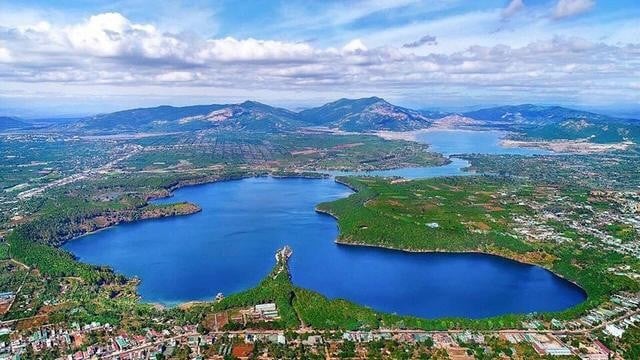
![[Photo] Close-up of Tang Long Bridge, Thu Duc City after repairing rutting](https://vphoto.vietnam.vn/thumb/1200x675/vietnam/resource/IMAGE/2025/5/19/086736d9d11f43198f5bd8d78df9bd41)
![[Photo] Panorama of the Opening Ceremony of the 43rd Nhan Dan Newspaper National Table Tennis Championship](https://vphoto.vietnam.vn/thumb/1200x675/vietnam/resource/IMAGE/2025/5/19/5e22950340b941309280448198bcf1d9)
![[Photo] General Secretary To Lam attends the conference to review 10 years of implementing Directive No. 05 of the Politburo and evaluate the results of implementing Regulation No. 09 of the Central Public Security Party Committee.](https://vphoto.vietnam.vn/thumb/1200x675/vietnam/resource/IMAGE/2025/5/19/2f44458c655a4403acd7929dbbfa5039)
![[Photo] President Luong Cuong presents the 40-year Party membership badge to Chief of the Office of the President Le Khanh Hai](https://vphoto.vietnam.vn/thumb/1200x675/vietnam/resource/IMAGE/2025/5/19/a22bc55dd7bf4a2ab7e3958d32282c15)


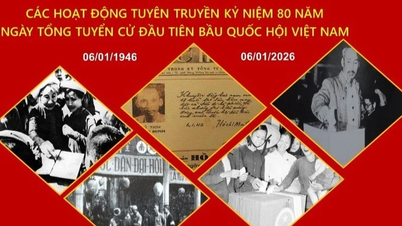





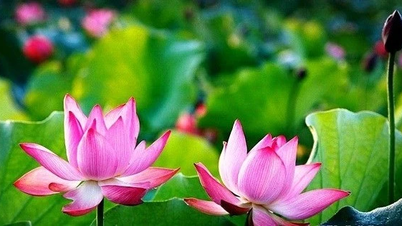
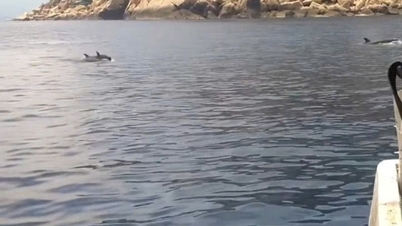




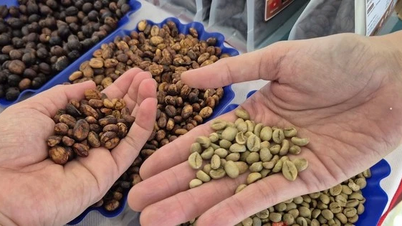
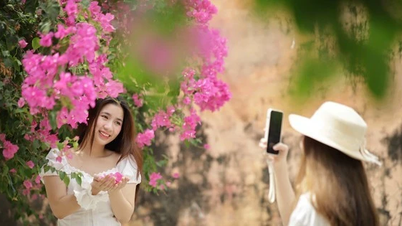

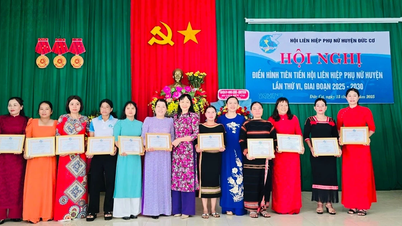
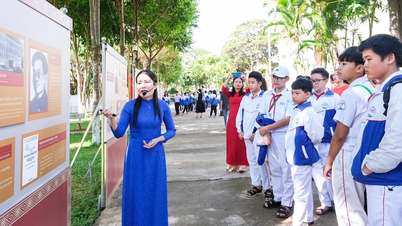
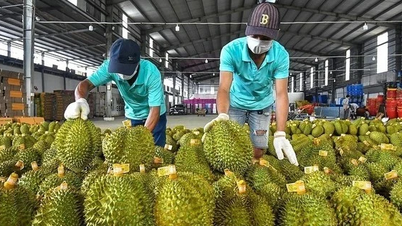
![[Photo] Prime Minister Pham Minh Chinh inspects the progress of the National Exhibition and Fair Center project](https://vphoto.vietnam.vn/thumb/1200x675/vietnam/resource/IMAGE/2025/5/19/35189ac8807140d897ad2b7d2583fbae)















































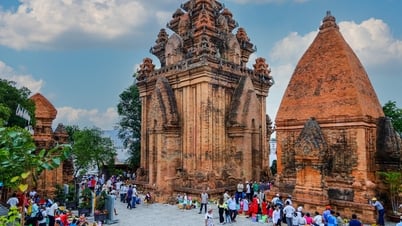




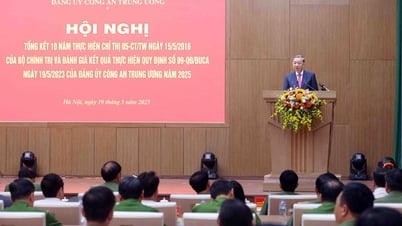

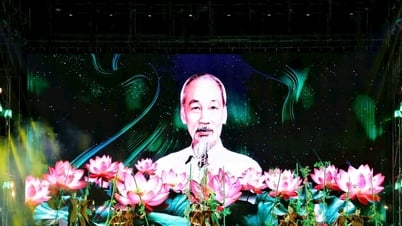

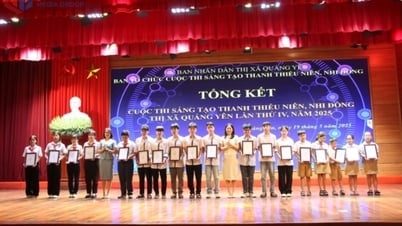





![[VIDEO] - Enhancing the value of Quang Nam OCOP products through trade connections](https://vphoto.vietnam.vn/thumb/402x226/vietnam/resource/IMAGE/2025/5/17/5be5b5fff1f14914986fad159097a677)




Comment (0)